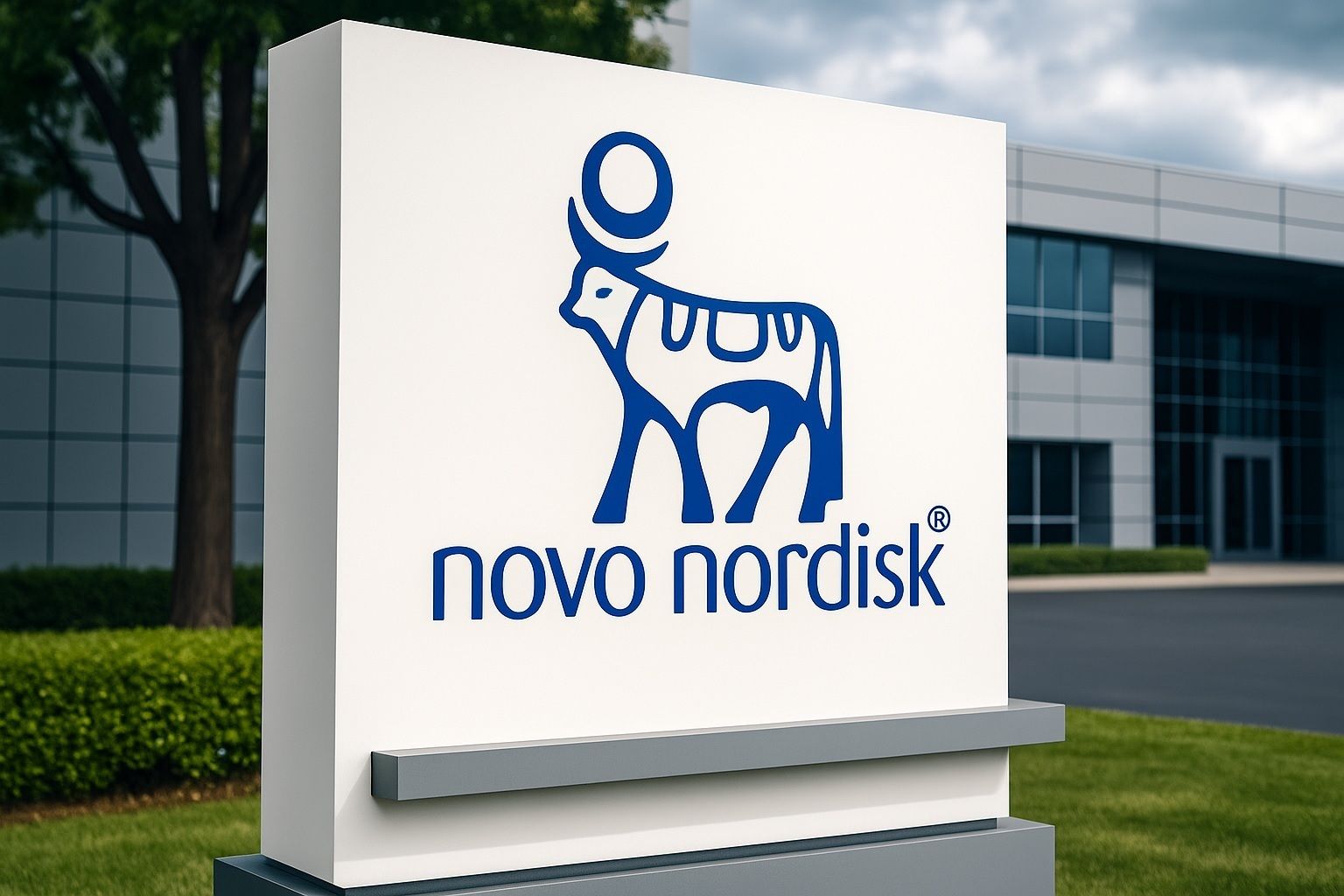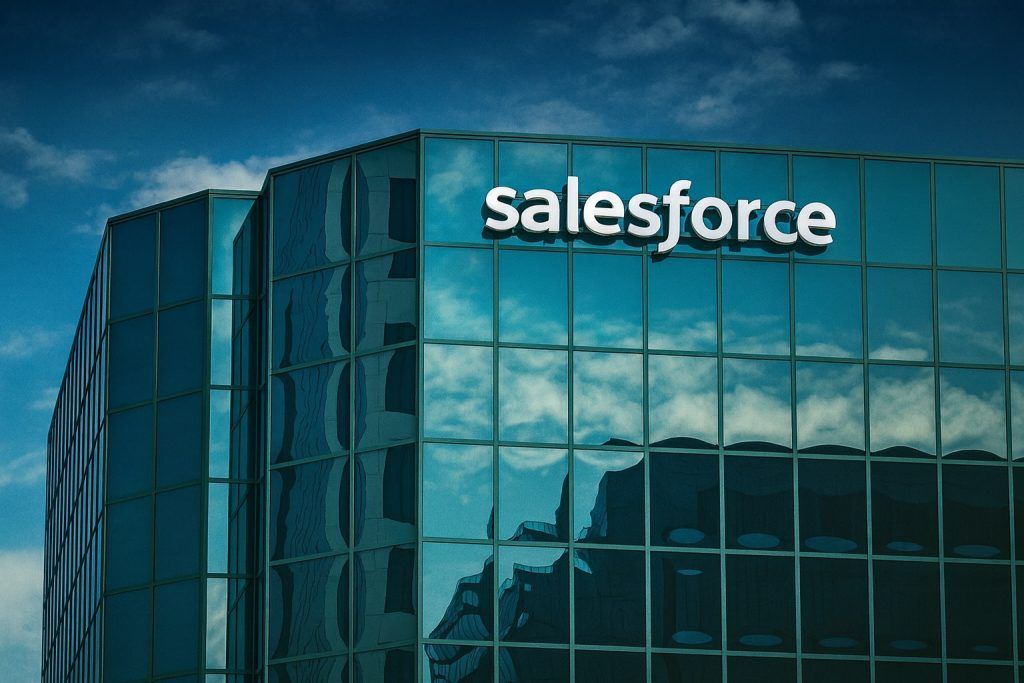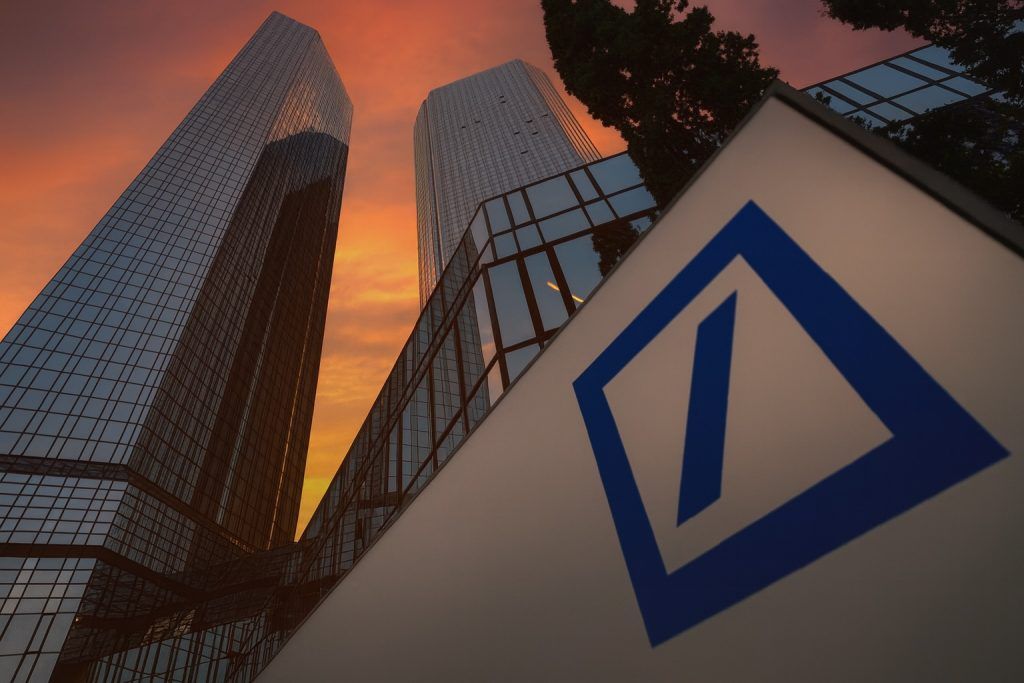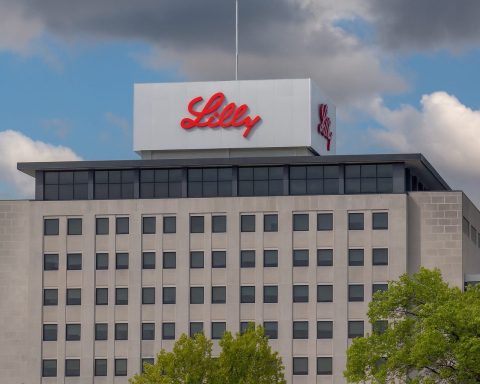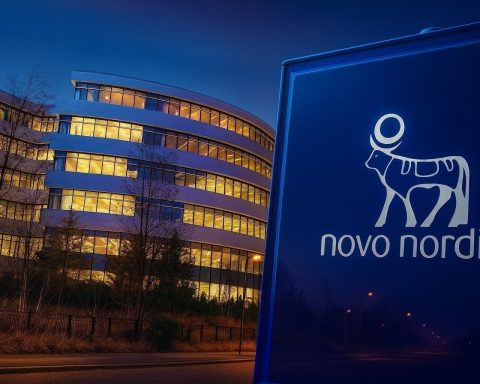Published November 17, 2025
Novo Nordisk moved aggressively today to cut out‑of‑pocket costs for its blockbuster GLP‑1 drugs Wegovy and Ozempic, unveiling new self‑pay prices and limited‑time offers that it says will reach tens of thousands of U.S. pharmacies and telehealth partners.
The changes come just days after the Trump administration struck landmark pricing agreements with Novo Nordisk and Eli Lilly that will extend Medicare and Medicaid coverage to obesity drugs for the first time and launch a government-run discount pharmacy site, TrumpRx, in early 2026. [1]
At the same time, telehealth and discount platforms including GoodRx and LifeMD rolled out their own $199‑per‑month GLP‑1 offers, signaling a full‑scale pricing reset in one of the most lucrative drug markets in the world. [2]
What Novo Nordisk Announced Today
In a press release issued this morning from its U.S. headquarters in Plainsboro, New Jersey, Novo Nordisk said it is cutting the cash price for most self‑pay patients using Wegovy or Ozempic from $499 to $349 per month, effective November 17, 2025. [3]
Key details of the new pricing:
- Standard self‑pay price
- Most doses of Wegovy and Ozempic: $349 per month (down from $499)
- The highest 2 mg dose of Ozempic remains at $499 per month [4]
- Introductory offer for new self‑pay patients
- Wegovy and Ozempic at the two lowest doses (0.25 mg and 0.5 mg) are available for $199 per month
- The $199 price applies for the first two months of treatment
- The offer runs from November 17, 2025 through March 31, 2026 [5]
- Where patients can use the new prices
- Directly via Wegovy.com and Ozempic.com
- Through Novo’s NovoCare direct‑to‑patient pharmacy
- At more than 70,000 retail pharmacies nationwide
- Via select telehealth and retail partners, including Costco, GoodRx, WeightWatchers, Ro, LifeMD and eMed [6]
Novo frames the move as bringing forward, by several months, the lower self‑pay prices it had already agreed to provide in 2026 under its White House deal. [7]
How These Wegovy and Ozempic Prices Compare to List Prices
Even after today’s cuts, the gap between list price and cash price remains large:
- Approximate monthly U.S. list prices
- Ozempic: about $998
- Wegovy: about $1,350 [8]
- New self‑pay structure for most patients without insurance
- $199/month for the first two months at starter doses
- $349/month thereafter for standard doses
- $499/month for Ozempic 2 mg
Earlier this year, Wegovy’s cash price had already been cut from about $650 to $499 before today’s further drop, highlighting how quickly GLP‑1 pricing is evolving under political and competitive pressure. [9]
What’s Driving the Price Cut: The TrumpRx and Medicare Deal
Today’s announcement is tightly linked to a broader agreement between Novo Nordisk, Eli Lilly and the Trump administration designed to introduce “most‑favored‑nation” style pricing for GLP‑1 drugs. [10]
According to the White House and related analyses:
- Medicare & Medicaid pricing
- The federal government will pay roughly $245 per month for injectable GLP‑1 drugs such as Wegovy, Ozempic, Zepbound and Mounjaro when used for covered indications
- Medicare beneficiaries who qualify will have copays capped at about $50 per month [11]
- TrumpRx direct‑to‑consumer platform (launching January 2026)
- Americans not on Medicare or Medicaid will be able to purchase Wegovy and Eli Lilly’s Zepbound via TrumpRx for around $350 per month initially
- Prices on TrumpRx are expected to trend down toward $245 per month over two years, aligning with government purchase prices [12]
- Future oral GLP‑1 pills
- Under the deal, forthcoming oral GLP‑1 medications are slated to launch at around $149–$150 per month, if approved, making them cheaper than current injectables for both public programs and cash‑pay users [13]
Novo’s move to bring its $349 self‑pay price forward to late 2025 effectively pre‑empts TrumpRx’s 2026 launch — and tries to keep patients from drifting to competitors or risky gray‑market compounded products while everyone waits for the government site to go live. [14]
Telehealth Platforms Pile In: GoodRx and LifeMD Launch $199 Offers
Today’s price cuts don’t stop at Novo’s own channels. Two major digital health players also announced new GLP‑1 pricing aimed at cash‑pay patients.
GoodRx: $39 Telemedicine and $199 Intro Pricing
GoodRx announced a new “GoodRx for Weight Loss” telemedicine subscription priced at $39 per month for early adopters (rising to $119 a month in February 2026), plus separate medication costs. [15]
Through a fresh collaboration with Novo Nordisk, GoodRx says eligible first‑time users can now:
- Pay $199 per month for the first two fills of Wegovy or Ozempic at the 0.25 mg and 0.5 mg starter doses
- Pay $349 per month for subsequent fills at standard doses
- Access these prices at nearly all major retail pharmacies or via home delivery options [16]
GoodRx emphasizes that its program steers patients to FDA‑approved medications and away from compounded semaglutide products that regulators have warned can be unsafe or substandard. [17]
LifeMD: $199 Cash‑Pay Wegovy and Ozempic for New Patients
LifeMD, a virtual care and pharmacy platform, separately disclosed that new patients in its weight management program can now obtain Wegovy or Ozempic at $199 per month for the 0.25 mg and 0.5 mg doses for their first two fills — matching Novo’s introductory pricing and positioning itself as one of the lowest nationwide cash‑pay options. [18]
Those medications are embedded in a broader LifeMD program that includes:
- Virtual visits with a dedicated clinical team
- Diagnostic testing
- Secure messaging and tailored lifestyle guidance for longer‑term metabolic and weight‑loss support [19]
Both GoodRx and LifeMD are explicitly cited by Novo Nordisk as preferred partners for its new self‑pay offers, illustrating how closely pharma companies are now tied to telehealth distributors in the GLP‑1 market. [20]
The Price War With Eli Lilly’s Zepbound
Novo’s cuts also need to be viewed in the context of intensifying competition from Eli Lilly’s obesity drug Zepbound (tirzepatide).
According to FiercePharma and company statements:
- Zepbound carries a list price around $1,086 per month
- On Lilly’s direct‑to‑consumer platform LillyDirect, cash‑pay patients originally paid $399–$549 per month, depending on dose
- After the White House deal, Lilly said it would reduce those prices by another $50, bringing the range to roughly $299–$449 per month [21]
With Wegovy’s standard self‑pay price now at $349, Novo undercuts Zepbound’s previous entry‑level pricing and sits broadly in the same range as Lilly’s newly discounted offers — a sign that list prices above $1,000 are increasingly disconnected from what many patients will actually pay out of pocket.
Reuters notes that Novo’s move is partly a response to this competitive pressure and could accelerate a broader GLP‑1 price war as both companies seek volume growth among cash‑pay users and those whose insurers still don’t cover weight‑loss indications. [22]
Will Wegovy and Ozempic Really Be Affordable Now?
Doctors and patient advocates caution that, while the headline cuts are significant, GLP‑1 therapy remains expensive for many households.
An Associated Press report published today highlights that even at $349 per month, Wegovy and Ozempic are still out of reach for many uninsured patients or those facing high deductibles. Clinicians quoted in the piece say many patients struggle once monthly costs climb above roughly $100, particularly when treatment is expected to be long‑term or lifelong. [23]
Recent polling from the non‑partisan KFF Health Tracking Poll underlines that tension:
- About 1 in 8 U.S. adults (12%) say they are currently taking a GLP‑1 drug such as Ozempic or Wegovy
- Nearly 1 in 5 adults (18%) report having used a GLP‑1 at some point
- Roughly half of current or past users say the drugs are difficult to afford [24]
The same poll found strong public skepticism that the Trump administration’s drug pricing policies will significantly lower their personal prescription costs, even as Republican respondents are more optimistic. [25]
On the access side, Novo has said that Medicare and Medicaid expansions, plus TrumpRx and private telehealth discounts, could eventually open GLP‑1 therapy to tens of millions of additional Americans — but coverage gaps, prior authorizations and plan‑level exclusions are likely to persist. [26]
Risks and Opportunities for Patients
For patients, today’s flurry of announcements presents both new opportunities and new homework:
Potential benefits
- Lower, simpler self‑pay pricing from the original manufacturers
- Better access through mainstream retail chains, reputable telehealth platforms and, eventually, the TrumpRx site
- Stronger incentives to use FDA‑approved products instead of compounded or gray‑market semaglutide alternatives, which regulators have flagged as a safety risk [27]
Ongoing challenges
- Even discounted prices of $199–$349 per month remain unaffordable for many lower‑income patients
- Insurance coverage for weight‑loss indications is still patchy outside of the new Medicare/Medicaid rules
- Long‑term affordability is uncertain if patients need to stay on therapy for years to maintain weight loss and metabolic benefits [28]
Doctors quoted across multiple outlets stress that patients should:
- Work with licensed clinicians — in‑person or via established telehealth — to determine whether GLP‑1 drugs are appropriate for their medical history
- Discuss realistic expectations about duration of therapy, potential side effects, and alternative treatments
- Confirm whether their insurance plan will cover GLP‑1 treatment for their specific diagnosis before committing to long‑term use [29]
What Today’s News Signals for the GLP‑1 Market
Taken together, the November 17 developments point to a new phase in the GLP‑1 boom:
- From list‑price headlines to real‑world pricing: For the first time, large numbers of U.S. patients are seeing widely publicized, nationally available cash prices under $400 a month for brand‑name GLP‑1 injectables. [30]
- Telehealth as the new front door: GoodRx, LifeMD, WeightWatchers and other virtual or hybrid platforms are central to how drugmakers are executing their pricing strategies — not just side channels. [31]
- Government as bulk buyer and retailer: Through TrumpRx and Medicare/Medicaid deals, the federal government is both a major purchaser and, effectively, a competitor to pharma’s own direct‑to‑consumer sites. [32]
- Pressure on margins, but massive volume potential: Analysts note that lower prices could expand the GLP‑1 customer base dramatically. KFF data already show double‑digit percentages of adults using these drugs, and that demand could grow as coverage expands and pill versions arrive. [33]
For now, the immediate impact for patients is clear: starting today, many people paying cash for Wegovy or Ozempic will see their monthly bill fall by around 30%, and some new users will have access to short‑term prices that undercut much of the current market.
Whether those reductions go far enough to make GLP‑1 therapy truly affordable — and sustainable — for the millions who might benefit remains an open question that policymakers, insurers, and manufacturers will be debating well into 2026. [34]
References
1. www.whitehouse.gov, 2. www.businesswire.com, 3. www.prnewswire.com, 4. www.prnewswire.com, 5. www.prnewswire.com, 6. www.prnewswire.com, 7. www.reuters.com, 8. www.fiercepharma.com, 9. www.fiercepharma.com, 10. www.whitehouse.gov, 11. www.whitehouse.gov, 12. www.reuters.com, 13. www.whitehouse.gov, 14. www.prnewswire.com, 15. www.businesswire.com, 16. www.businesswire.com, 17. www.businesswire.com, 18. www.quiverquant.com, 19. www.quiverquant.com, 20. www.prnewswire.com, 21. www.fiercepharma.com, 22. www.reuters.com, 23. apnews.com, 24. www.kff.org, 25. www.kff.org, 26. apnews.com, 27. www.prnewswire.com, 28. apnews.com, 29. san.com, 30. www.reuters.com, 31. www.businesswire.com, 32. www.whitehouse.gov, 33. www.kff.org, 34. san.com
